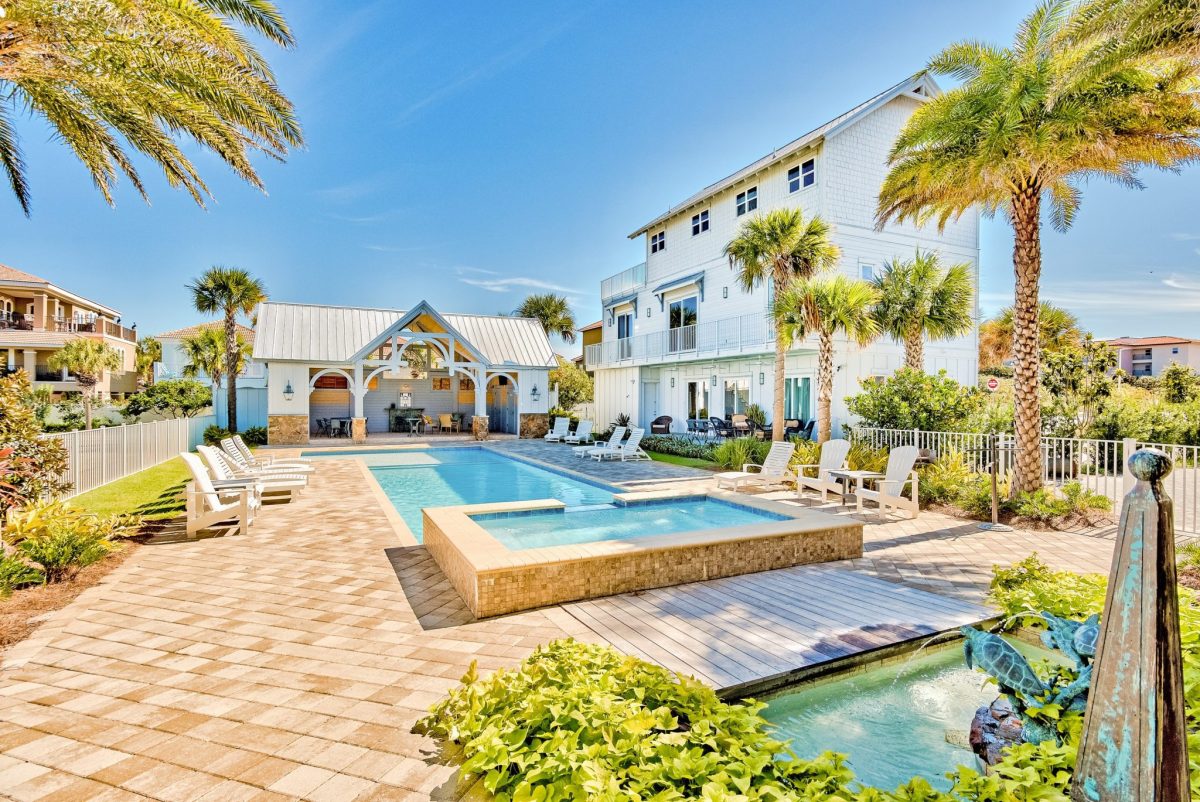Florida's Short-Term Rental Squeeze

Skift Take
The sunshine state of Florida is the nation’s fastest-growing state population-wise for the first time since 1957. In the 1950s, it was newly popular air conditioning that brought people to Florida, and today it’s remote work.
By September 2022, Florida had welcomed 58.9 million overnight visitors staying in vacation rentals alone, according to the Oxford Economics’ economic impact study done in 2022. Even so, Florida is also the least affordable state to live in — monthly rent in Miami can be as high as 60% of a household’s income, according to a housing affordability study conducted by Realtor.com
Florida has always been a formidable destination for vacation rentals, but it’s increasingly becoming unaffordable for visitors and residents alike.
Vacation Rental Trends in FloridaAt the height of the pandemic between 2021 and 2022, some 58.9 million overnight visitors collectively spent $13.8 billion on vacation rentals in Florida, Oxford Economics said in its economic impact study. These travelers generated 49.2 million room nights across 221,600 properties on 15 million trips. If those stats seem heady, they should.
The South Florida Business Journal published a study in May that found that Miami has the most Airbnb short-term rental listings per 100,000 people in the country.
At the rate it’s going, Miami will be home to quite a few short-term rental buildings. Developers are building condominium units that are already licensed to be short-term rentals “irrespective of regulations.”
“We design them as hotels and they have both residential as well as commercial licenses,” said Harvey Hernandez
